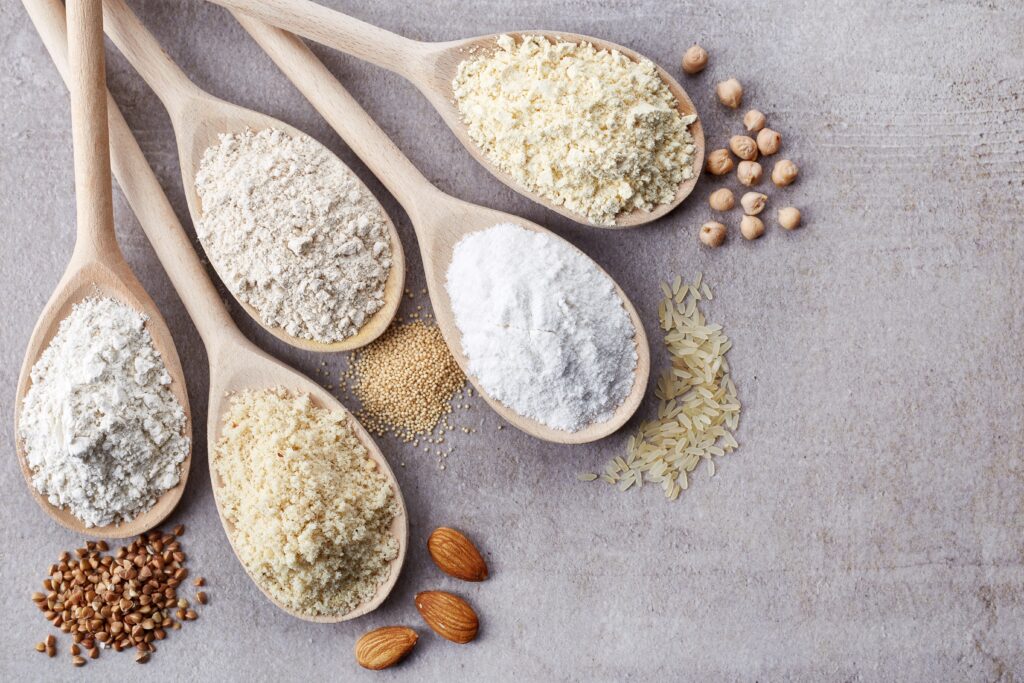With people becoming much more conscious of what they are eating and what ingredients are in the food they are purchasing, the swell of information can be a little overwhelming. Naturally, everyone wants to make informed decisions about their purchases but making sense of the labels only works if you know what you are looking for. For those with Celiac Disease, non celiac gluten sensitivities, or allergies to wheat, the gluten-free category isn’t a health fad, it’s a necessity. While we have all seen the labels, some people are understandably still scratching their heads when it comes to understanding just what that gluten-free label actually means.
WHAT IS IT & WHY IS IT A NO GO
Gluten, is a protein that is found naturally in wheat, rye, and barely. For people with Celiac related disorders, consumption of foods with gluten interferes with the small intestine which in turn creates problems with absorbing necessary nutrients. This ultimately creates a domino effect of additional health issues that can get especially serious. For those with non-celiac gluten sensitivities or wheat allergies, gluten can result in symptoms ranging from abdominal pain and bloating to difficulty breathing and congestion.
To put things into perspective, it’s important to highlight just how prevalent wheat is. To do so, we have to tackle a quick bit of math. According to the USDA, US farmers produced 1.884 billion bushels of wheat between 2018/2019. It’s the third biggest crop behind corn and soy. Simply put, the US consumes a whole lot of wheat. The chances of wheat being one of the listed ingredients in your packaged foods is almost a numerical certainty.
WHAT TO LOOK FOR
There are certainly obvious choices that contribute to a balanced diet that will ensure no risk as it pertains to consuming gluten. Eggs, unprocessed meats, fruits and vegetables, beans, seeds, and nuts in their unprocessed forms all make for great choices. With regards to grains, quinoa, rice, soy, buckwheat, and flax are among the more popular alternatives that work within the diet. However, when it comes to packaged, processed foods, the devil is going to be in the details. Here is where you as the consumer need to take a closer look.
The Label – For any product to have the gluten-free label, the FDA requires that it contain less than 20 parts per million of gluten. If you see that something is gluten-free, this means that the product has been vetted and is safe for consumption for people with dietary restrictions.
Allergen Listing – While not all packaging has an allergen listing, this can be a quick way to rule out something by a process of elimination. If the product lists wheat in the allergen warning, it’s an obvious no.
List of Ingredients – If all else fails, check the ingredients and look for the biggies. Wheat, rye, barley, brewer’s yeast, and oats (unless they are specified as gluten-free) are among the guilty suspects. If any of these are listed, it’s a no go.
ASK QUESTIONS
Most restaurants are well aware of allergies and dietary restrictions when it comes to preparing their menu. You can always ask how your food is being prepared to ensure that whatever you are eating is safe.
